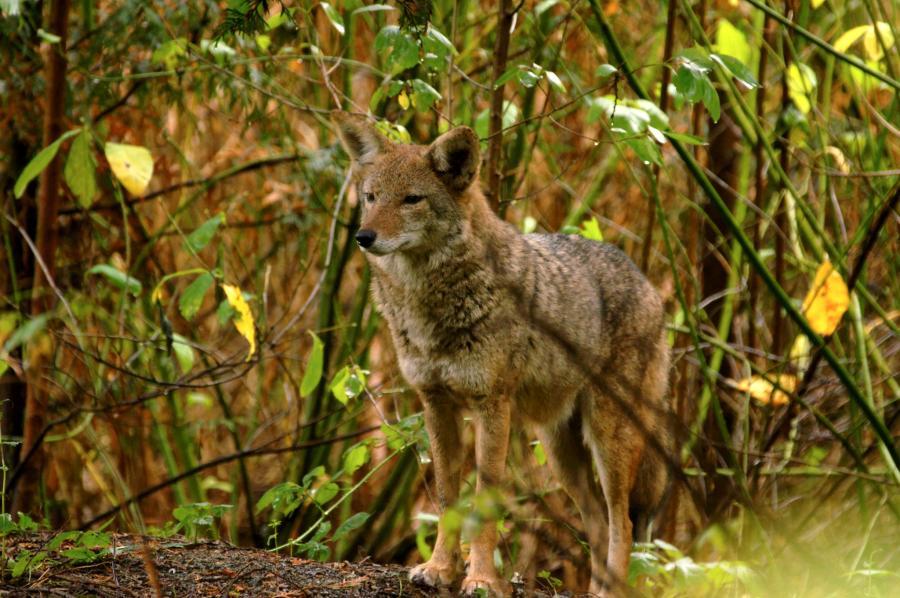Songs and singers are respected, and even revered, in may cultures. The Porcupine Singers from the Pine Ridge Reservation in South Dakota enjoy an international reputation as well as a place of distinction among Lakota traditional singers at powwows across the north Plains. Newcomers sometimes get the impression that they are an indigenous version of The Beatles. But the comparison with pop music ends there. For Lakota singing and dancing is fundamentally about a "total" way of being, one which English speakers are likely to describe in terms that boarder on the spiritual. Standing in the Light is a rare window onto this world, recounted by one of the few people really capable of doing so: the late Severt Young Bear, leader of the Porcupine Singers.
The book stems from the collaborative efforts of Young Bear and R.D. Theisz, who first met the singer in a log dance hall at Wanblee in 1963. Over the next thirty years a unique relationship grew between these two individuals, one founded on mutual trust and respect, for each other as well as for the importance of inter-cultural communication. This book is the result of that friendship. It is also evocative testimony to the moral and intellectual commitments that drive such endeavors, together with a self-conscious awareness of the problems and prospects for the translatability of local discourses and practices.
Part autobiography, part ethnography, and part treatise on history and identity - the book weaves these themes together via Young Bear's extended meditation on the connectedness between life and music. In the process, the reader is given an unparalleled view of "a Lakota way of seeing." In addition to his concise chapter on "Sioux" history, Theisz writes an invaluable introduction describing in detail how the book was compiled, from audio tape interviews to the comments and annotations made by both authors on earlier versions. The end product reflects their mutual decision to have Young Bear - narrator, singer, and visionary - tell his story in his own words.
The work is divided into four parts: "I. Grandfather Rode through Smoke: Names Tell Stories; II. Butterfiles from the Mouth of an Elk: The Oral Tradition; III. The singing Rooster in the Black Hills: Lakota Singing and Dancing; and IV. Running on the Edge: The Search for Modern Lakota Identity." Two thinks make this book outstanding: the relationship between subjects and their organization in the text, and the style of narration. Topics range from kinship to religion to current events - but they are intertwined according to Young Bear's intuitive sense of relatedness, rather than traditional ethnographic categories. And it is all written without academic posturing, romanticized poetry or inflated allusions to "Indian spirituality." Instead we hear a style as clear as the South Dakota night itself, candid and frank, no pretensions or sentimentality. Here one feels as though one is getting the "real thing," sitting at the kitchen table, listening between cups of coffee.
Tragically, Severt Young Bear died just as the book "...was going to press, an event he looked forward to with anticipation. He stated more than once that he wished to be remembered as one who tried to make a difference" (p. 180). To be sure, Standing in the Light makes an enduring contribution to Lakota scholarship. And, to use the book's master trope, the work will illuminate all who read it. But of equal or greater significance, the book represents the fruition of Young Bear's wish, for it is powerful testimony that he will be remembered as someone who not only tried, but did, make a difference. Article copyright Cultural Survival, Inc.



